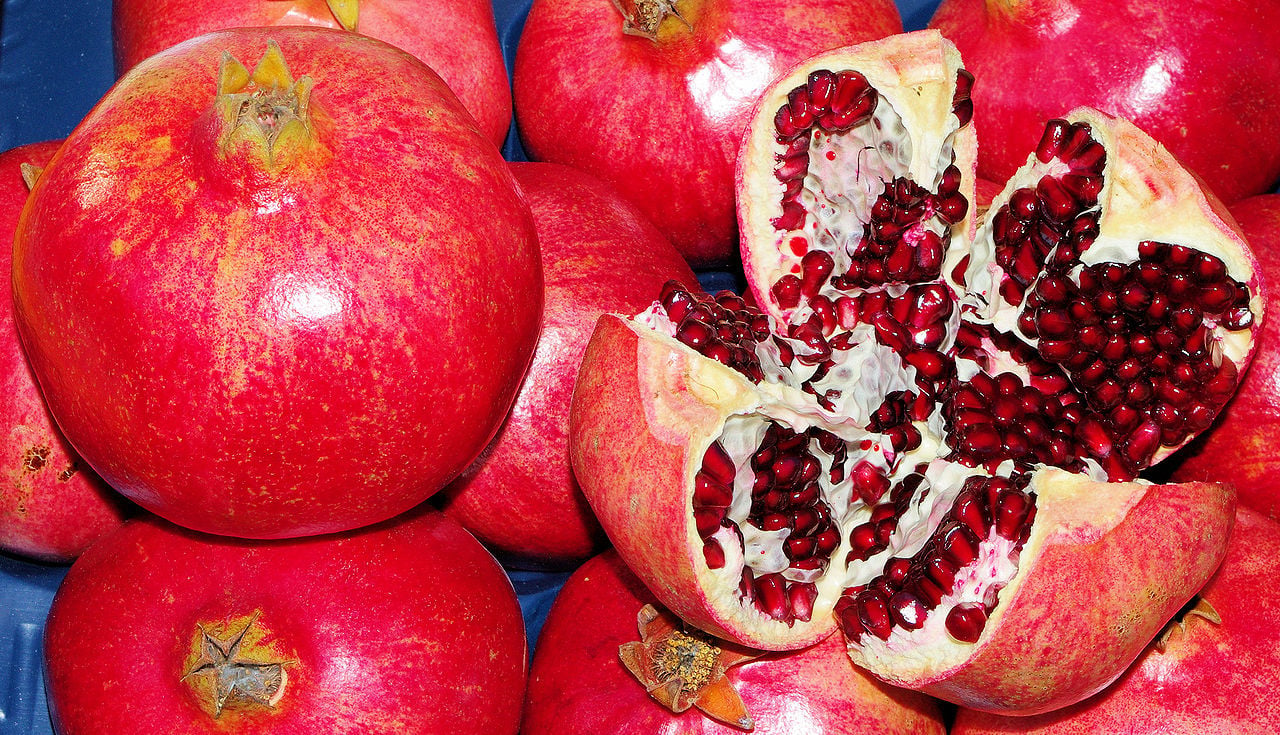
Smashing a pomegranate on New Year’s Day is an ancient Greek custom that continues to this day as the red-colored, nutritious fruit is considered a symbol of life and good fortune.
Ancient Greeks believed that the pomegranate’s ruby-like arils, or seeds, symbolized abundance, perhaps because of their quantity. They also represent fertility, eternity, and good fortune.
Pomegranates are nutritious and rich in sugars, vitamins A, B, C, and minerals such as phosphorus, potassium, and sodium and iron. They have more antioxidants than red wine or green tea.
This miraculous fruit is also a unique natural cosmetic. Well-known Greek cosmetic companies, which base their products on natural ingredients from the Greek motherland, use pomegranate in many products for skin care and anti-aging properties.
The modern Greek tradition of smashing it
In modern times, Greek Orthodox tradition dictates that on New Year’s Eve, the family gathers outside, and when the clock strikes midnight, a pomegranate is rolled and thrown onto the front door of the house.
The more seeds that scatter on the floor, the luckier the New Year will be.
Alternatively, this custom can occur on New Year’s Day when the family members wear their Sunday best, go to church to attend the Divine Liturgy of Basil of Caesarea, and welcome the New Year.
The man of the house takes a pomegranate with him to church for the fruit to be blessed, and when the family returns home, he knocks on the door so that he is the first person to enter the house in the new year.
He then smashes it either in front of the door or against the door, and he makes a wish that the juicy, abundant ruby-like segments of the fruit flood the home with good health and happiness—and as many joys as there are arils.
The fruit in ancient times
Pomegranate trees have been cultivated since ancient times and were mentioned in Homer’s Odyssey, where they grew on the island of Scheria or Phaeacia in the gardens of King Alcinous. Furthermore, Theophrastus and Hippocrates also refer to the fruit for its healing properties.
The most renowned myth associated with the pomegranate fruit is the one of the abduction of Persephone by Hades. According to the myth, Hades offered the fruit to Persephone in order to seal their eternal bond.
The pomegranate was also closely associated with the Eleusinian Mysteries, as priests wore wreaths made of twigs from pomegranate trees during these ceremonies.
Lots of archaeological finds prove that the pomegranate fruit was known in the Mediterranean area in antiquity as it was reflected in ancient art.
On the Greek island of Milos, in Phylakopi, pomegranates were painted on urns. At Akrotiri on Santorini, excavations also brought to light urns with motifs of the pomegranate fruit.
On Crete, Minoan treasures portray the fruit in paintings from the 17th century BC, and a beautiful necklace depicting golden pomegranate motifs has been found in ancient Mycenae.
The National Archaeological Museum in Athens has in its holdings a magnificent brass pomegranate discovered at the Acropolis.